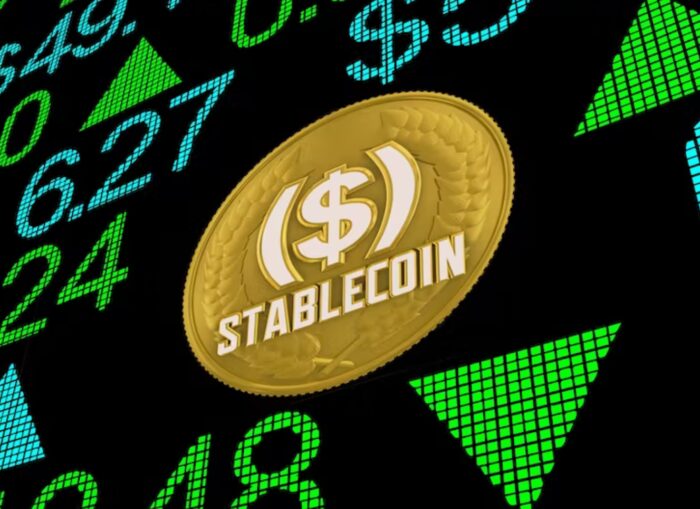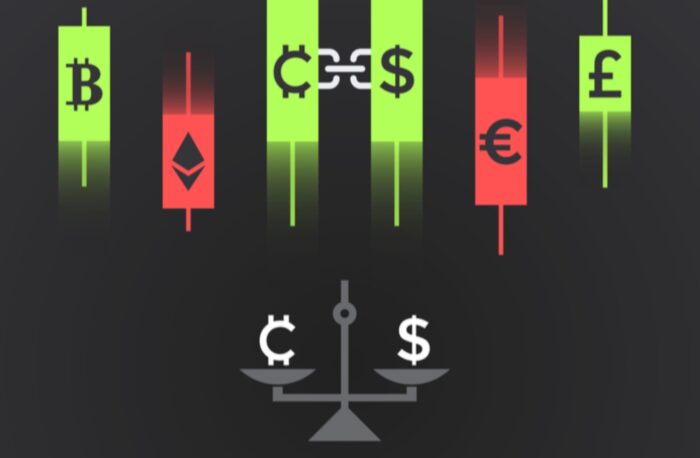
In cryptocurrency, stable coins have become popular among investors and traders. As their name suggests, stable coins are digital currencies designed to maintain a steady value relative to a specific asset, such as the US dollar or gold.
Unlike other cryptocurrencies, these tokens are not subject to the same extreme price volatility that plagues many other digital assets. In this blog post, we will dive deep into what are stable coins, exploring how they work, why they are becoming increasingly popular, and their potential advantages and disadvantages.
What Are Stable Coins?
Stable coins are cryptocurrencies that maintain a stable value relative to a particular asset or basket. The idea is to create a cryptocurrency with the same characteristics as fiat currencies such as the US dollar, Euro, or Japanese yen. These are pegged to a particular asset or basket of assets, which helps stabilize their value.
The most common type of this coin is pegged to the US dollar, and these tokens are known as USD-pegged stable coins. The value of USD-pegged stable tokens is maintained at a 1:1 ratio with the US dollar, which means that one this coin is worth one US dollar.

How Do Stable Coins Work?
They use various mechanisms to maintain their value relative to the asset they are pegged to. Let’s look at some of the most popular mechanisms these tokens use.
-
Collateralized Stable Coins
These coins are the most common type of these coin. A reserve of assets, such as fiat currencies, commodities, or cryptocurrencies, backs these tokens. The most popular collateralized this coin is the Tether (USDT), backed by a reserve of US dollars.
The equivalent US dollars are held in reserve when someone buys a Tether. This means that the value of the US dollar always backs the value of Tether. A third party regularly audits Tether’s reserve to ensure it has enough assets to back all the Tethers in circulation. Other collateralized tokens include USD Coin (USDC), TrueUSD (TUSD), and Paxos Standard (PAX).
-
Algorithmic Stable Coins
Algorithmic stable tokens do not require any backing assets. Instead, they use complex algorithms to maintain their value. The most popular algorithmic coin of this type is DAI, pegged to the US dollar.
DAI uses a system of collateralized debt positions (CDPs) to maintain its value. Users can lock up their Ether (the cryptocurrency used on the Ethereum blockchain) as collateral to generate DAI. The system is designed to maintain a 1:1 ratio of DAI to the US dollar.
If the value of Ether drops, users must add more Ether to their CDP to maintain the 1:1 ratio. If the value of Ether rises, users can withdraw some of their collateral without affecting the 1:1 ratio. This system helps keep DAI’s value, even in a volatile market.

-
Hybrid Stable Coins
Hybrid stable coins combine the mechanisms of collateralized and algorithmic tokens. The most popular hybrid stable coin is USDX, pegged to the US dollar.
A reserve of US dollars, similar to Tether, backs USDX. However, it also uses an algorithmic stabilization mechanism to maintain its value. This mechanism allows USDX to maintain a steady value, even in a volatile market.
Why Are Stable Coins Becoming Increasingly Popular?
Stable coins are becoming increasingly popular for several reasons.

-
Volatility
As mentioned earlier, cryptocurrencies such as Bitcoin and Ethereum are highly volatile. The value of these cryptocurrencies can fluctuate wildly within a short period, making them unsuitable for everyday transactions. These tokens offer a steady alternative to these cryptocurrencies, allowing users to transact without worrying about price volatility.
-
Ease of Use
Stable coins are easy to use and can be transacted like any other cryptocurrency. Users can send and receive these tokens without a bank account or financial institution. This makes them an attractive option for people who do not have access to traditional financial services.
-
Privacy
Stable coins offer a high degree of privacy, just like other cryptocurrencies. Transactions made with these tokens are recorded on a blockchain, which is a public ledger. However, the identity of the users behind the transactions is kept anonymous, making it difficult to track them.

Advantages of Stable Coins
-
Stability
These coins offer fiat currencies’ stability, making them an attractive option for investors and traders who want to avoid the volatility associated with other cryptocurrencies.
-
Speed
Transactions with these tokens are typically faster than traditional banking transactions, as they do not require intermediaries such as banks or financial institutions.
-
Lower Transaction Fees
Stable coins typically have lower transaction fees than traditional banking transactions, which makes them an attractive option for users who want to send money internationally.
-
Accessibility
These tokens are accessible to anyone with an internet connection, which means they can be used by people who do not have access to traditional banking services.
-
Decentralization
These coins are decentralized, which means that any central authority or government does not control them. This makes them less susceptible to censorship or seizure.

Disadvantages of Stable Coins
-
Counterparty Risk
Like any other financial asset, these tokens are subject to counterparty risk. This means that if the issuer of this coin goes bankrupt or engages in fraudulent behavior, the value of these coin could be affected.
-
Regulatory Risks
These coins are currently unregulated in many jurisdictions, which makes them a potential target for regulators seeking to clamp down on cryptocurrency use.
-
Centralization
While these tokens are decentralized in that any central authority or government does not control them, some these tokens may have a centralized governance structure. This means that a small group may decide about these coin’s operations and governance of individuals or entities, which could lead to potential centralization risks.
-
Liquidity Risk
These tokens may face liquidity risks if there is a sudden increase in demand for redemptions or if the underlying asset backing these coin experiences a sudden drop in value.

Conclusion
Stable coins can be an attractive option for users who wish to send money internationally or participate in decentralized finance (DeFi) applications by maintaining a peg to a specific asset or basket of assets. However, these tokens are not without risks. Investors should consider the potential risks associated with different these tokens before investing.











